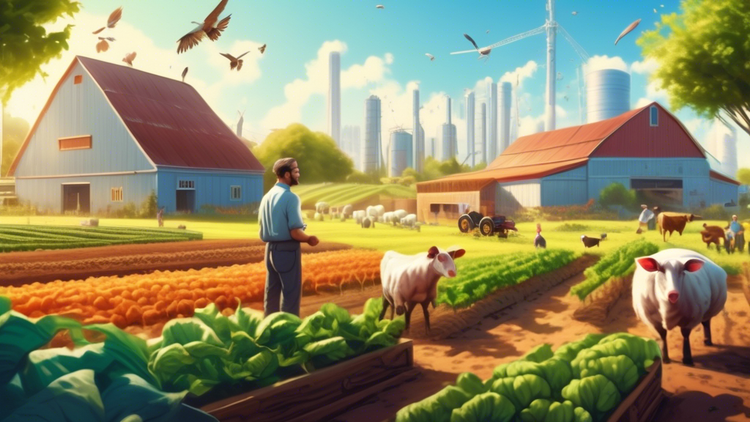Previously flourishing farming faces survival challenges in deserted northern frontier region.

Challenges and Resilience in the Northern Border Agricultural Community
The northern border area, once a thriving hub for agriculture, now faces significant challenges in maintaining its once flourishing productivity. This region, known for its rich soil and favorable climate, has been the backbone of the local economy, providing a wide variety of crops and sustaining rural communities. However, recent evacuations due to security concerns have put a tremendous strain on agricultural activities, testing the resilience and adaptability of the farming communities.
Impact of Evacuations on Agriculture
The evacuations have led to a series of complications for agricultural operators in the northern border area:
- Disruption of Farming Cycles: The timing of evacuations often interrupts crucial farming cycles, making it difficult for farmers to plant or harvest crops in an optimal timeframe.
- Limited Access to Land: With restricted access to their fields, farmers find it challenging to maintain their crops, leading to potential losses in yield.
- Decrease in Agricultural Labor: Many agricultural workers have relocated away from the evacuated areas, leading to a shortage of labor which is essential for the operation of farms.
- Supply Chain Interruptions: The evacuations have affected the logistics of the supply chain in the agricultural sector, causing difficulties in transporting goods to market and obtaining necessary farming supplies.
Adapting to New Realities
Despite the hard-hitting impact of these evacuations, the agricultural community has shown incredible resilience and adaptability. Here are some of the ways in which they've been striving to overcome the challenges:
- Implementation of Technology: Farmers have increasingly turned to agricultural technology such as remote sensing and drone technology to monitor and maintain their fields from afar.
- Community Support Networks: Farming communities have developed tighter support networks, sharing resources and labor to help keep each other's operations running.
- Alternative Farming Practices: There's been a shift towards adopting more resilient crops and farming methods that can better withstand the unpredictability brought about by periodic evacuations.
- Engagement with Authorities: Agricultural associations have been actively engaging with local and national authorities to secure better support and more tailored policies to aid in the recovery of agriculture in these areas.
Takeaways from the Northern Border's Agricultural Struggle
The situation of agriculture in the evacuated northern border area serves as a poignant reminder of the vulnerabilities inherent to farming, but also of the resilience of those who work the land. Key takeaways include:
- The importance of adaptability and innovation in the face of unforeseen challenges.
- The critical role of community and mutual support in overcoming collective adversities.
- The need for targeted government policies and interventions to support agriculture in crisis-affected areas.
In Summarizing
The once-thriving agricultural landscape of the northern border area faces unprecedented challenges due to evacuations. Yet, amidst these difficulties, there emerges a story of resilience, adaptation, and communal strength. By embracing technology, fostering community support, and advocating for responsive policies, the agricultural community in the northern border area is navigating its path towards recovery and sustainability. This narrative underscores the vital importance of agriculture not only as a means of livelihood but as a cornerstone of cultural heritage and regional stability.
You are welcome to sign up to our newsletter to get this information and other topics of interest, sent weekly.
#AgNews, #AgCulture, #AgStudies





